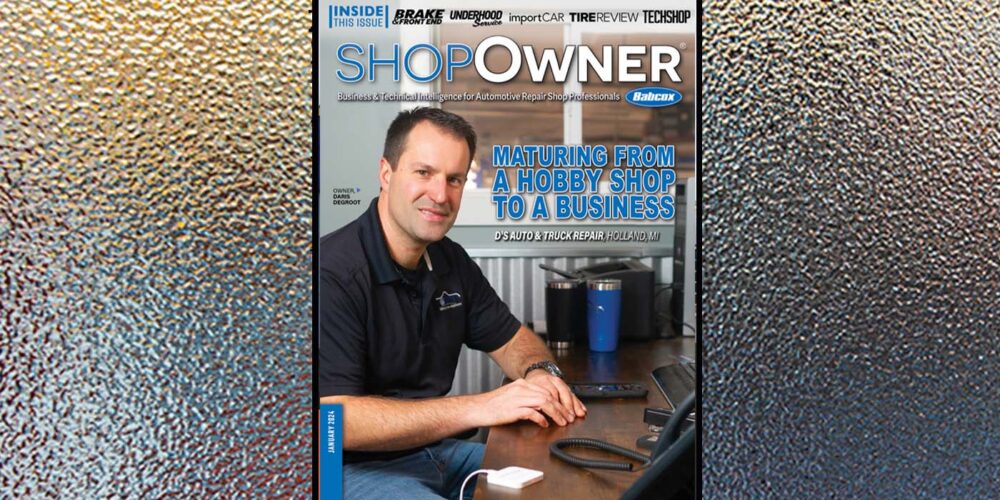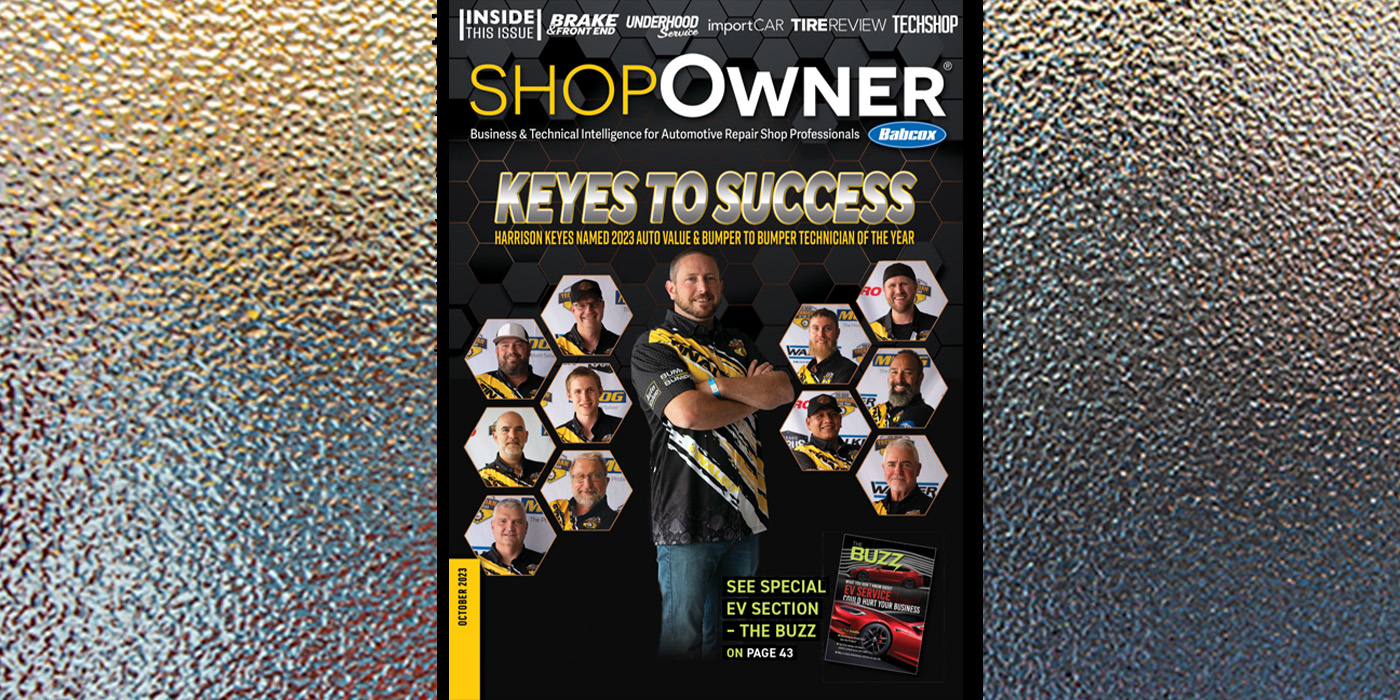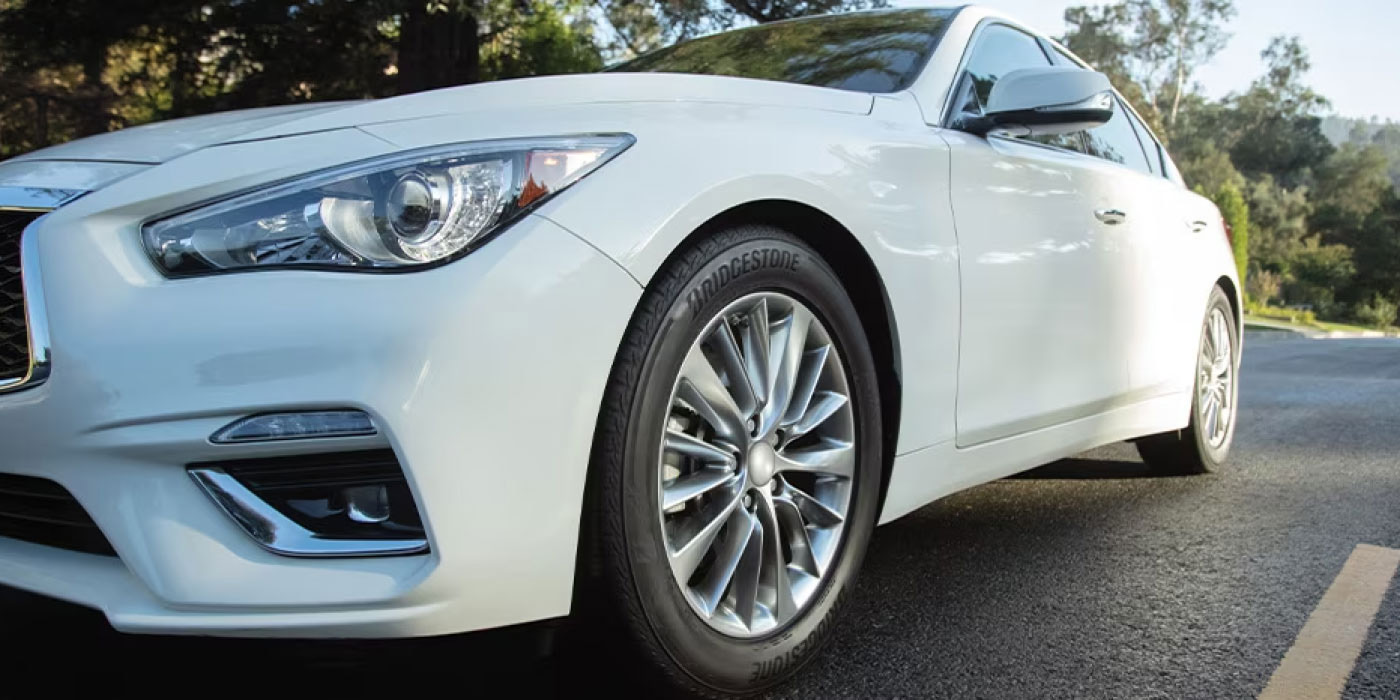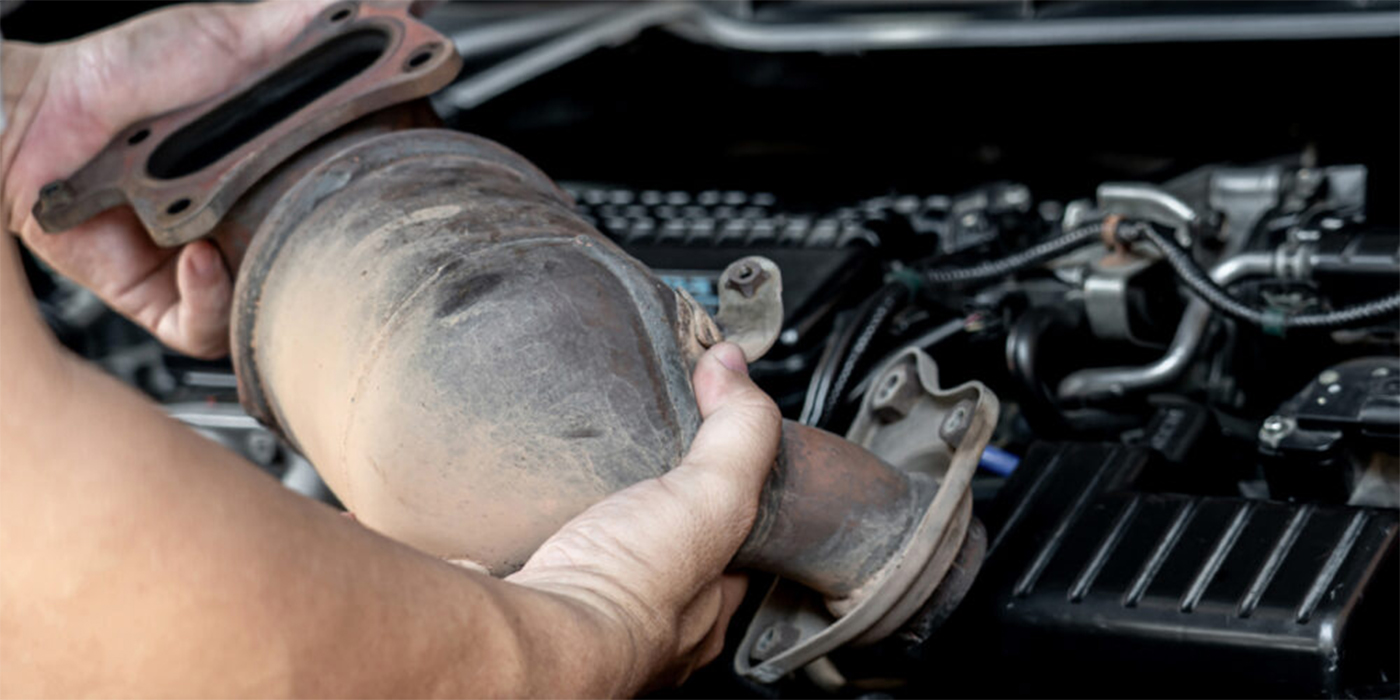FACT: In 2006, the latest year for which data are available, motor vehicle crashes were the leading cause of death among 13-19 year-old males and females in the United States. Thirty-three percent of deaths among 13-19 year-olds occurred in motor vehicle crashes, 39 percent among females and 31 percent among males.
What is a youthful driver? Although opinions may vary, most rental car and insurance companies consider anyone under the age of 25 as “youthful.” If a 24 year-old is considered a “youthful” driver, then what is a 17 or 18 year-old? Are you planning to provide a youthful family member with a car? Do you have employees under the age of 25? Do they drive company vehicles for business purposes? What if they do? Remember that because your business owns the vehicle, you are vicariously liable for any damage a youthful, inexperienced driver may cause.
Basic precautions:
• All employees must be prohibited from using cell phones or other hand-held electronic devices while operating a motor vehicle. “Texting” and talking on a cell phone have been proven to be a major contributor to inattentiveness while driving that results in vehicle accidents.
• Refrain from hiring “youthful” or inexperienced drivers; older/mature adults are best for positions requiring extensive driving.
• Verify that every applicant (and employee) has a current driver’s license; never assume they have a valid license.
• Review the MVR (Motor Vehicle Record) of prospective employees and establish strict criteria for what constitutes an acceptable driving record. (Absolute compliance with all applicable laws, including but not limited to the Fair Credit Reporting Act, is required.)
NOTE: Youthful drivers have not had sufficient time to build a Motor Vehicle Record; do not place too much emphasis on their MVR, especially a completely “clear” report.
• Require annual reviews of motor vehicle records to monitor employee driving habits.
• If youthful drivers must be hired, require them to sign a waiver authorizing background checks to verify they have successfully participated in drivers’ education course.
• Prohibit youthful drivers from operating vehicles off-premises.
• High performance vehicles may tempt youthful drivers to fully test the car’s capabilities, only trusted employees should be allowed to operate these vehicles.
• Seat belt use must be mandatory.
• Take a few minutes to educate new employees on:
– Basic orientation for all business vehicles-controls, instruments and safety equipment.
• Defensive driving techniques such as the two-second rule and scanning techniques.
• Accident reporting procedures.
• Maintain at least 1/4 tank of gas in the vehicle at all times.
• Owners should insure youthful family members with a personal auto policy; it is not good business practice to unnecessarily expose corporate policy limits to this “hazard” for the purpose of saving a few dollars of insurance premium.
• Depending on the size of your business property, post stop signs at all intersections and clearly mark traffic lanes.
• Post and enforce (low) speed limits on the property for all motorized vehicles including forklift trucks and employee’s personal autos.
• Clearly identify pedestrian walkways in the parking lot.
• Install wide-angle mirrors at all vehicular entrances & exits to improve visibility and allow drivers to see oncoming traffic.
• Require employees to honk their horns as they exit the building to alert drivers and pedestrians outside the building. Once again, if you have them, forklift trucks should also follow this rule.
• If pedestrian traffic is present inside the building, mark walkways with bright yellow or white paint to identify safe areas.
• Finally, discuss vehicle accident prevention with all employees. The items listed below provide good topics for driver safety meetings. The Handbook for Responsible Driving (Cobb County Teen Driver Awareness Committee) lists the following:
Ten Common Driving Errors:
1. Excessive Speed
2. Failure to wear seat belt
3. Inattentiveness
4. Distraction inside the automobile
5. Inadequate defensive driving techniques
6. Incorrect assumptions about other driver
7. Tailgating or not leaving enough space between vehicles
8. Not checking for traffic in the passing lane
9. Passing without checking for traffic in the passing lane
10. Not checking behind for oncoming cars when pulling away from the curb
-Courtesy of Zurich.













